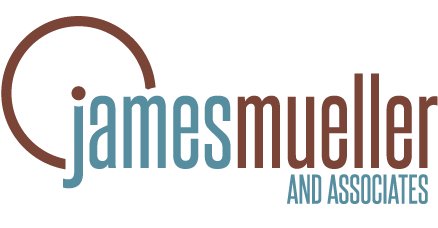Strategic Plan Template Key Definitions
We receive a number of requests for strategic planning templates. Over the many years I have been involved in strategic planning, I have seen seemingly limitless approaches. On the face of it, one might think: this is easy, just give me a model to follow. Though there is some truth to that statement, it’s not quite that simple.
The purpose of strategic planning is to develop sound strategy, to provide an organization with a well-informed, reliable sense of direction that also brings order and organization to the activities it undertakes. Strategic planning should be a worthwhile learning process.
Using a timeframe for a strategic plan is quite common. We usually think in three to five year segments–though some Japanese companies are now developing 100-year plans. The greatest value of a longer timeframe is to free our thinking from the constraints of the “now.” It allows us to imagine more possibilities and generate bigger ideas. I often advise clients to look out onto the horizon, as far as they can allow themselves to see, and imagine the possibilities for the organization. Then develop a strategy to get there—with favorable winds, it could happen much sooner than anticipated.

Strategic planning usually sets the stage for tactical and contingency planning.
In addition to “strategic planning” there are at least two other valuable planning processes, tactical planning and contingency/scenario planning. Each elicits a different approach. From a certain perspective all of these should be strategic. When I say strategic, I mean that, no matter the type of planning, we should consider all the elements informing and impacting our decisions, understand and assimilate them, and decide what to do. For simplicity’s sake, let’s stick with the traditional “strategic planning” to describe the most intensive, longer-range process.
Here are some definitons:
- Strategic planning: an intensive, engaging process of gathering substantive data about the current state of affairs and the emerging trends, imagining possibilities for the organization, and determining the smartest use of resources to create the best results for the organization and its constituency. Strategic planning usually sets the stage for tactical and contingency planning.
- Tactical planning: short term and most often supplements a strategic plan. The three most common forms of tactical planning are:
- The first is organization-wide, short term, action-oriented, and performance-focused. It usually concentrates on what can be achieved in the current fiscal year—up to 12 months—and what must be accomplished within the current, known environment. Action planning focuses on defining a few, critical outcomes that must be achieved, the key activities that have the greatest potential (and leverage) to achieve them, and the assigning accountabilities to teams/team members to take action. Action planning usually relies on a previously completed strategic plan or a set of reliable assumptions based on sound evidence.
- The second is traditional tactical planning that focuses on a certain segment of operations; and is often a technique used to translate the strategic plan into annualized sub-plans for different units within the organization.
- Individual work plans (most often prepared annually) are written from the perspective of individual team members. They outline individual accountabilities and performance expectations. These work most effectively when developed collaboratively with direct reports and team members and are used in conjunction with regular coaching sessions
- Contingency/scenario planning is not a substitute for strategic planning. It is the process of identifying vulnerabilities and creating “what if” scenarios. This type of planning is usually employed to prepare for such things as leadership succession or catastrophic events.
Getting back to strategic planning templates, there are actually two templates you will use—the planning process template and the written plan template. The structure of each is dependent upon the type of organization.

Strategic planning templates need to fit the culture, style, and nature of the organization.
Strategic planning templates need to fit the culture, style, and nature of the organization. For example, academic institutions usually prefer approaches that include rigorous research and analysis, an inclusive process, and thoughtful debate. Whereas large complex market-based organizations will place emphasis on getting a clear picture of the competitive landscape and, for efficiency sake, will delegate the initial planning process to a smaller group of the most-informed, experienced team members. On the other hand, community-based not for profit organizations usually face difficult choices regarding where to invest limited financial resources, will recruit knowledgeable volunteers (usually board members and key stakeholders) to help with key decision-making, and focus principally on fulfilling mission—serving constituent needs—and securing funding.
Within this context I can offer a template, suggesting that those in charge of planning adapt it appropriately to their organizations’ needs—as they are inclusive and extensive. When choosing a written plan template, it is crucial to design a format that lends itself to team member adoption of and engagement with the plan. A plan that sits on the shelf is of no use to anyone—except shelf builders.
In my next post, I will layout the elements of a strategic planning template. But before I close, there is one important point I need to make. Though it is laid out in phases, strategic planning is not a linear process. It is more of a Venn diagram, with each element in conversation with the other, informing each perspective, and through this interactive process, the overall understanding of the best strategy to pursue evolves and strengthens.

